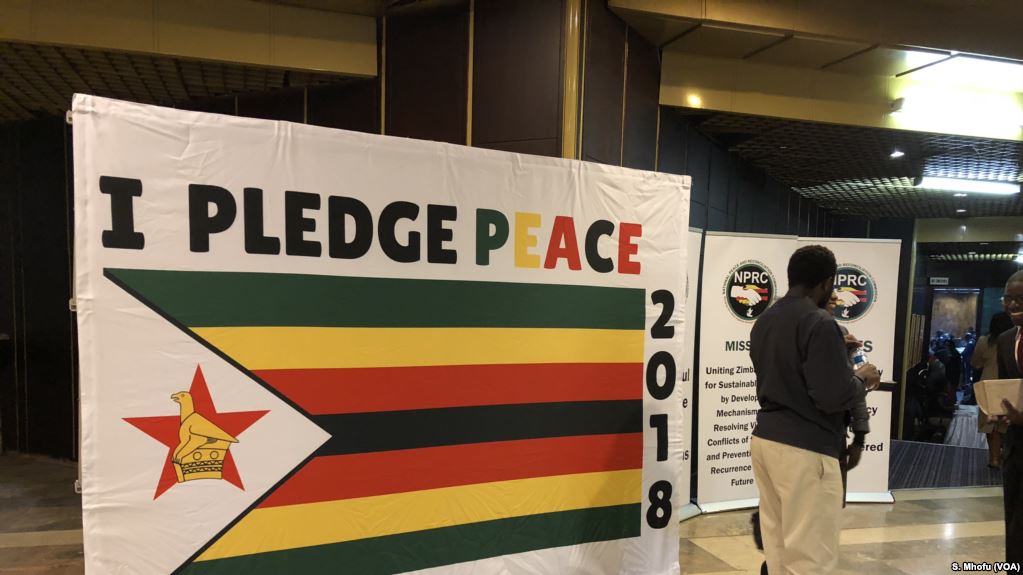Ashley Kondo
Government’s decision and move to implement measures to ensure healing among victims of the disturbances that occurred from early 1983 to 1987 in the southern parts of the country commonly referred to as the Gukurahundi is a step in the right direction towards closure on the matter.
These disturbances were later resolved through the Unity Accord, a political agreement between ZANU PF and PF ZAPU which was concluded on 22 December 1987.
The Unity Accord was a political settlement that could not erase the effects of the Gukurahundi on the affected societies, families and individuals to date.
However, it is important for citizens to understand that rebuilding a politically fractured society is one daunting task.
The process of rebuilding such a society normally revolves around healing and reconciliation. It also entails finding a way to live alongside the offender or the offended.
It takes sacrifice, compromise, forgiveness and a certain degree of cooperation among involved parties so as to move forward as a united people.
Political pundits and academia will agree that public debate around the Gukurahundi remained a taboo for decades during former President, Robert Mugabe’s time
Nevertheless, the coming in of President Emmerson Mnangagwa paved the opportunity for Zimbabwe to calibrate the trajectory on the longstanding subject amid raft democratic reforms fronted by his administration.
The institutionalisation of the National Peace and Reconciliation Commission (NPRC) was the first step to engagement which should ultimately lead to increased levels of social trust, healing and collective national healing.
Some of the measures for Gukurahundi healing announced by Government include; the issuing of birth and death certificates to those affected; facilitation of the exhumation and reburial of victims of disturbances and medical assistance for those injured during the time.
Some quarters have criticised the healing measures announced by Government as making piecemeal measures at first value.
However, it is worrying to note that the majority of people that have attempted to discredit Government efforts to resolve the Gukurahundi issue were not directly involved or affected by the disturbances, while the real victims have been or continue to be denied a voice.
There is need to appreciate that the healing and reconciliation is a process that will take time.
Instead, the people of Zimbabwe ought to celebrate the move by Government as admission that Gukurahundi fractured our society and a show of political will to address the resultant anomalies.
Furthermore, it is a fulfilment of the reforms that forms part of what the international community have been clamouring for as conditions for reengagement and economic and development cooperation.
This is a crucial step of the process to the end realisation of healing and reconciliation. Each step represents the consequential flow of the process – one step leads to the other.
While the NPRC has the mandate to spearhead processes of healing, leaders of political parties across the political divide should understand that as opinion leaders, they play a pivotal role in the process.
As the NPRC embarks on a 21-day programme to raise awareness among stakeholders on mechanisms of healing and reconciliation beginning this weekend they should bring on board political leaders.




